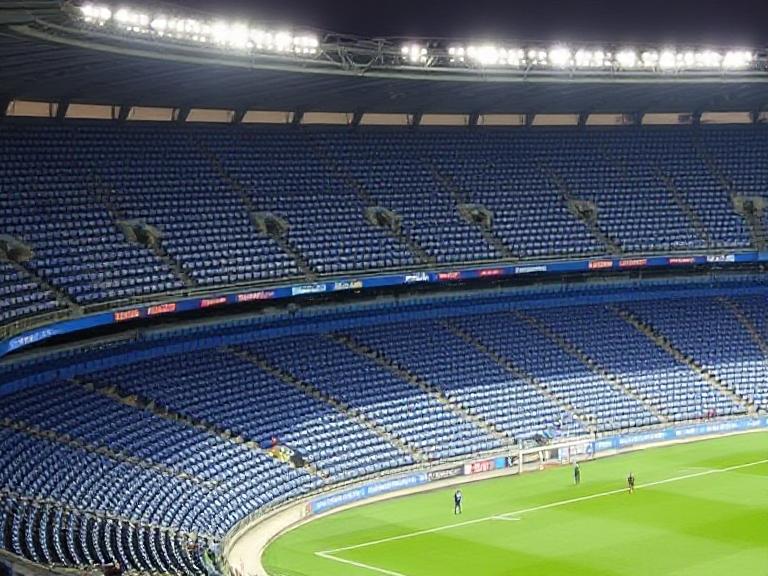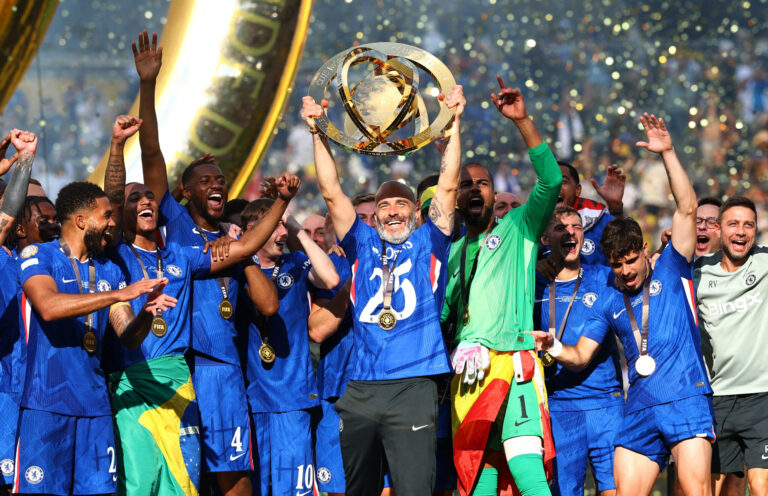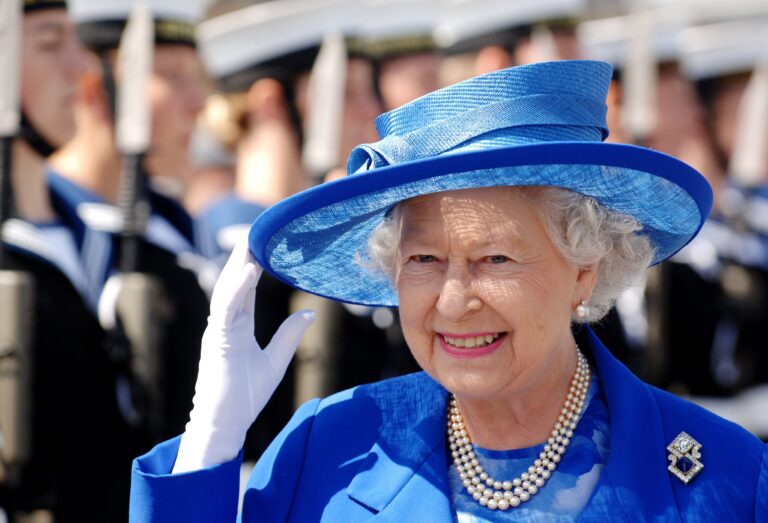
The newly expanded FIFA Club World Cup, now featuring 32 teams, has kicked off in the U.S. with grand ambitions—but empty stadiums and sluggish ticket sales are already raising questions about its viability.
The Empty Seat Problem
Several matches have seen alarmingly low attendances, with FIFA resorting to drastic measures to mask the issue:
- Chelsea vs. LAFC in Atlanta drew just 22,137 fans in a 71,000-seat stadium, prompting manager Enzo Maresca to call the atmosphere “strange”.
- Flamengo vs. Esperance de Tunis in Philadelphia attracted only 25,797 in a 67,594-capacity venue.
- FIFA has been moving fans to camera-facing stands to hide empty sections, while slashing ticket prices—some as low as $11—to boost numbers.
Why Are Fans Staying Away?
- High Ticket Prices & Poor Scheduling
- Initial prices (up to $349) were deemed excessive, forcing FIFA to offer refunds and discounts.
- Many games are scheduled on weekday afternoons, clashing with work hours.
- Unfamiliar Teams & Lack of Interest
- Matches like Ulsan HD vs. Mamelodi Sundowns (South Korea vs. South Africa) lack appeal for U.S. audiences.
- Even Lionel Messi’s Inter Miami opener against Al-Ahly, while drawing 60,927, saw more Egyptian fans than locals.
- Competition & Market Saturation
- The tournament overlaps with the CONCACAF Gold Cup, Premier League Summer Series, and next year’s 2026 World Cup, diluting fan interest.
FIFA’s Response
Despite the criticism, FIFA President Gianni Infantino remains defiant, calling the event a “big bang” for club football. However, internal reports suggest FIFA’s Miami staff had advocated for smaller MLS venues to avoid empty seats, but Infantino insisted on massive stadiums for prestige.
Will the Knockout Stages Save It?
Some matches—like PSG vs. Atletico Madrid (80,619 at the Rose Bowl)—have drawn strong crowds, suggesting European giants may salvage interest in later rounds 69. But with early games struggling, FIFA faces an uphill battle to prove this $1 billion DAZN-backed tournament isn’t a flop.
Conclusion
While FIFA may spin the narrative as a success, the empty seats and fan apathy highlight deeper issues—overpricing, poor scheduling, and a format that prioritizes spectacle over practicality. If the trend continues, it could cast a shadow over next year’s 2026 World Cup in the same region.
For now, all eyes are on whether the knockout stages can turn the tide—or if this tournament will be remembered as a costly misstep.







